Industry looks to lower production costs, explore export markets
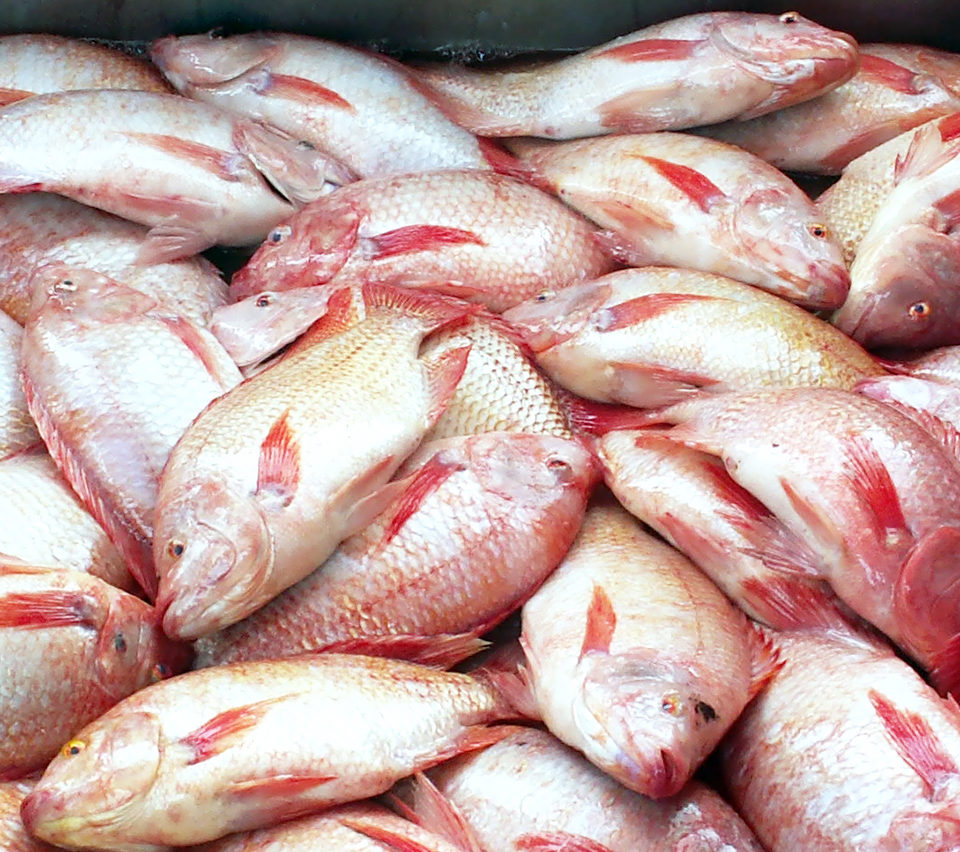
After shrimp, tilapia is likely to become the second-most important aquaculture species in Thailand in the near future. During the last decade, tilapia took the lead among finfish species, and an estimated 300,000 metric tons (MT) of tilapia are produced in Thailand annually. Most of the fish raised in rural areas are consumed by local families or sold in local markets.
Increased production has recently flooded the domestic markets, and now farmers are looking for opportunities to export. However, Thailand has difficulty competing with cheap tilapia from China. Attempts have been made to reduce production costs and at the same time explore niche markets in Gulf countries and Europe.
Pond culture
Although tilapia have been grown in cages in canals, lakes, rivers and reservoirs, pond culture of Nile tilapia (Oreochromis niloticus) is most common in Thailand, especially in rural areas. Pond farms range from less than 0.5 ha to over 20 ha in area. Most farmers fertilize their ponds with chicken manure and/or chemical fertilizers to enhance planktonic growth for greenwater culture.
Feeding is supplementary only. Quality feeds are available, but due to their high prices and the low sale prices of fish grown in ponds, most farmers are unable to use them. They use the cheapest feeds and farm byproducts available to reduce production cost and thereby maximize profits. Since the feeds are often not of standard quality in terms of nutrient contents and moisture, it is difficult to assess feed conversion and other growth performance parameters.
Culturing tilapia in greenwater ponds is the most cost-effective method. However, this method can cause off-flavors in the fish flesh due to chemicals produced by certain algae. Off-flavor problems can be solved by balancing the natural foods with homemade feed of high quality. Cage culture in lakes and rivers has been practiced to avoid this problem.
Cage culture
Cage farming in canals and rivers became popular within the last decade. Farmers are attracted to cage farming because it has been heavily promoted and avoids the off-flavor problems. Cage culture now contributes about one-third of the total production, although less than 5 percent of farmers practice it.
Almost all the cage farmers practice single-species culture with red tilapia (Oreochromis niloticus x O. mossambicus) or black Nile tilapia (O. niloticus). Although they use commercial pellets, the feeds are normally of rather low quality. Cage farmers feed two to three times daily, and feed-conversion ratios remain between 1.4 and 1.8.
Although cage culture has been contributing to greater export volume, its long-term sustainability is in question. Sometimes it’s too risky to install cages in communal water bodies that are not under farmers’ control.
A few years ago, mass-scale mortality was caused by the release of sugar/molasses from a large sunken boat in the Chaophraya River, while a second case was caused by the release into the Bangpakong River of a large amount of accumulated pesticides and chemical residues used by crop farmers.
Currently, cage culture in large ponds is undergoing trials instead of placing cages in communal water bodies so that farmers can control the water quality.
Feeds, feeding
Due to the low sale prices for tilapia cultured in ponds, it has not been economical to feed relatively expensive commercial pellets. However, farmers who do use floating pellets have difficulties in selecting the appropriate feed for their farms.
As broodfish use enormous amounts of energy in terms of generating eggs and sperm, it is generally agreed that they need supplementation of various nutrients. However, the specific nutrients and levels are not yet known, so no specialized diets are available. Hatchery operators have to keep a large pool of broodstock to produce and supply seed continuously. Therefore, there is high demand for special brooder feed.
Fish farmers need training on how to manage feeding, including simple methods of feed formulation so they can prepare appropriate homemade feeds themselves. This method, however, is not suitable for cage culture, which needs floating pellets that require expensive extruders to produce.
While farmers explore alternatives to pellet feeds, they usually end up with cheap byproducts that contain mainly carbohydrates. As protein is the preferred source of energy, the addition of at least one of the locally available proteins would greatly enhance the quality of the feeds without adding substantial cost.
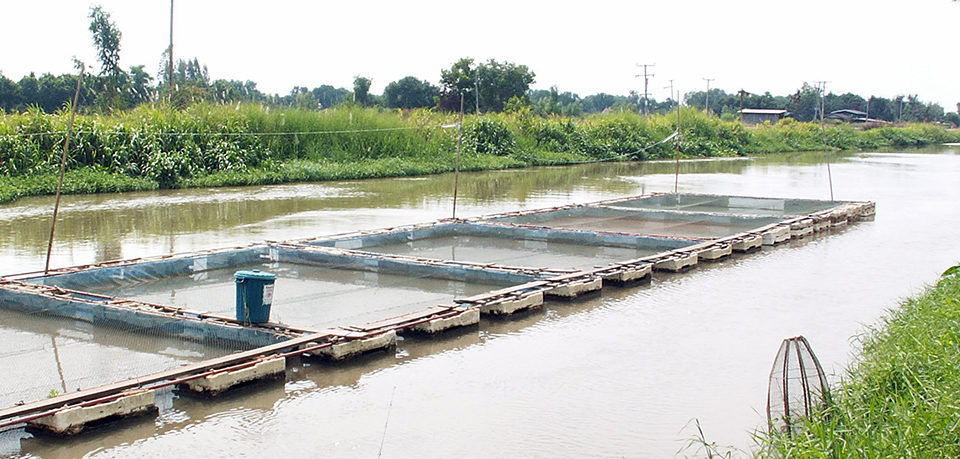
Seed quality
Although mixed-sex fry are still available, monosex fry are becoming more common because of the development of better hatchery techniques and their successful dissemination. Supply of seed is not a problem because hatcheries can produce over 200 million fry a year. Maintaining and monitoring quality have been the major problems.
Achieving 99 percent male tilapia after sex reversal is a major indicator of quality. Mixing hormone with high-protein fishmeal ensures the required level of hormone intake through feed to achieve the high male population. Although fishmeal imported from Peru or Chile is best for this purpose, most hatcheries can’t afford it. A suitable alternative needs to be explored.
Broodstock
Several strains of tilapia developed by crossing two or more strains are available in Thailand. Most hatcheries keep several strains based on demands from customers. Several groups have tried to carry out selective breeding to develop separate strains.
Although some improvements have been made, this has also resulted in mixing of the genetic pool. This has confused farmers, as each developer claims his/her tilapia are the best. It has also created a problem in finding original pure strains of Nile tilapia, which are necessary to maintain continuous development of new broodstock lines.
Exports
Although not yet a major issue for the tilapia industry, compliance with rules for food safety and traceability has become mandatory for the shrimp export market chain. Maintaining the quality standards and food safety has been the focus of national policy. All stakeholders involved have been trained, and a system of traceability using “movement documents” has been applied.
The tilapia industry can benefit from the application of these methods and practices once the industry expands into targeted export markets. Production of fish free of drug residues is the prime concern of the Thai Department of Fisheries policy.
Recommendations
Despite having the infrastructure for growth, Thai tilapia exports have not yet taken off. The production costs for tilapia cultured in cages are relatively high compared to those for the country’s competitors, especially China.
Thailand’s tilapia industry has been able to grow into a thriving sector thanks to technological advances and knowledge sharing. The problems that now face tilapia culture can be overcome using the recommendations outlined below.
- Research into the type of plankton/algae that produce chemicals causing the off-flavors in tilapia could reduce the need for risky and costly cage farming.
- Farmers should be trained to carefully handle and store feed.
- More research on diets for breeding or nursing stocks would be useful.
- New programs could assist farmers in selecting the right strains for culture.
- Implementing a quality and certification process could help improve the quality of tilapia seed.
- The use of methyl-testosterone hormone for sex reversal should be monitored and regulated.
- Standards for responsible culture of tilapia developed by the World Wildlife Fund or Best Aquaculture Practices program could be applied.
- A manual on how to produce high-quality tilapia feed, seed and table fish is urgently needed.
(Editor’s Note: This article was originally published in the July/August 2011 print edition of the Global Aquaculture Advocate.)
Authors
-
Ram C. Bhujel, Ph.D.
Senior Scientist, Coordinator
Aqua-Internship Program
Aquaculture and Aquatic Resources Management
Asian Institute of Technology
P.O. Box 4
Klong Luang, Pathumthani 12120 Thailand[32,111,102,110,105,46,107,110,105,108,97,105,115,97,45,114,97,97,64,114,111,116,97,110,105,100,114,111,111,99]
-
Mark Woollard
Aqua-Internship Program
Asian Institute of Technology
Tagged With
Related Posts

Responsibility
A look at various intensive shrimp farming systems in Asia
The impact of diseases led some Asian shrimp farming countries to develop biofloc and recirculation aquaculture system (RAS) production technologies. Treating incoming water for culture operations and wastewater treatment are biosecurity measures for disease prevention and control.
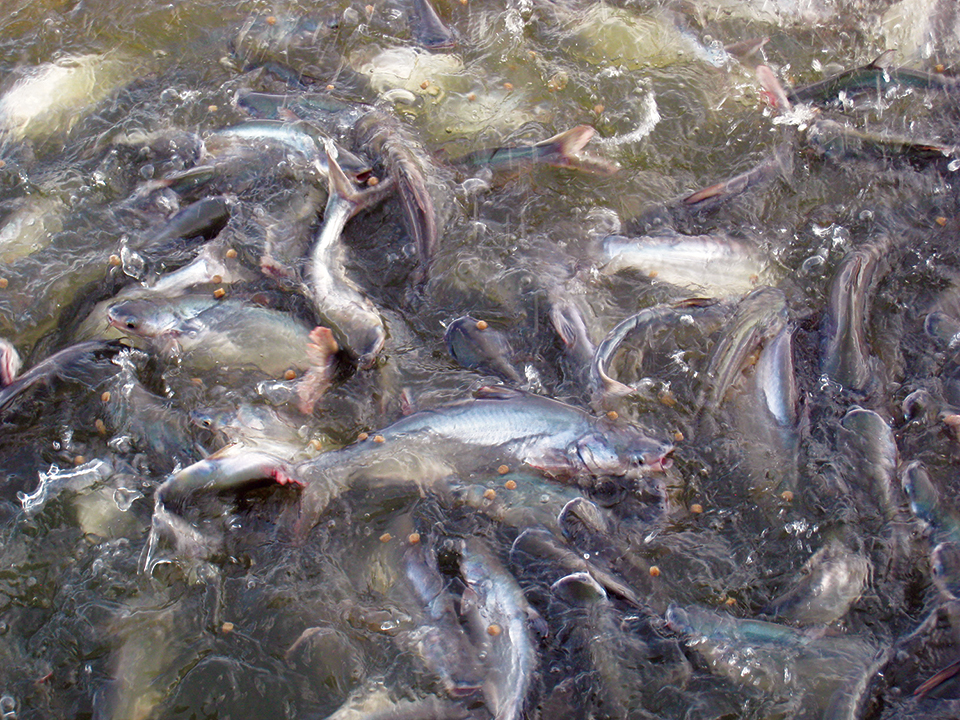
Health & Welfare
Amino acid supplementation reduces protein levels in pangasius diets
Trials show that supplementation with amino acids could reduce protein levels from a typical 28 percent to 23 percent in pangasius diets.
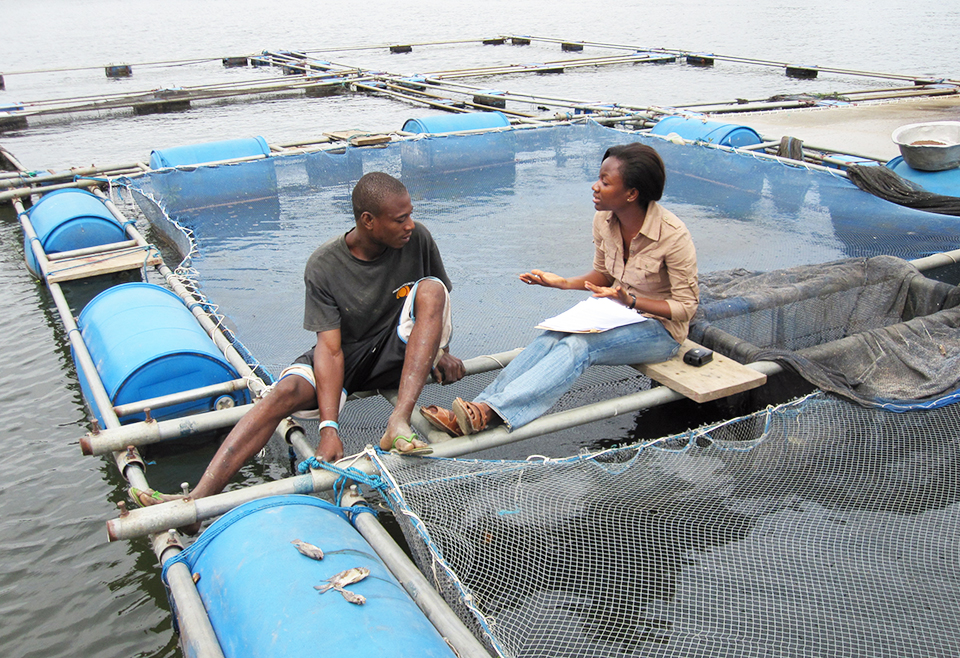
Health & Welfare
A look at tilapia aquaculture in Ghana
Aquaculture in Ghana has overcome its historic fits and starts and is helping to narrow the gap between domestic seafood production and consumption. Production is based on Nile tilapia.
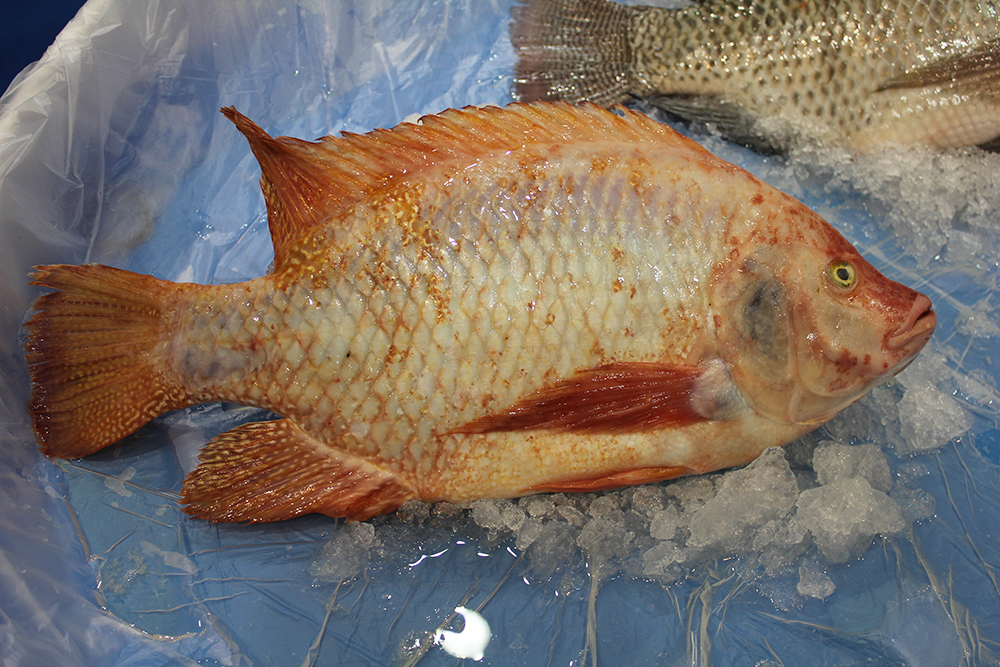
Intelligence
Adding value to tilapia to tap into U.S. market
New markets for tilapia and expansion of existing ones can be created by planning and implementing properly designed geographic strategies to meet discriminating consumer preferences. Low labor costs in most producing countries promotes value-adding by the production of fresh fillets.


